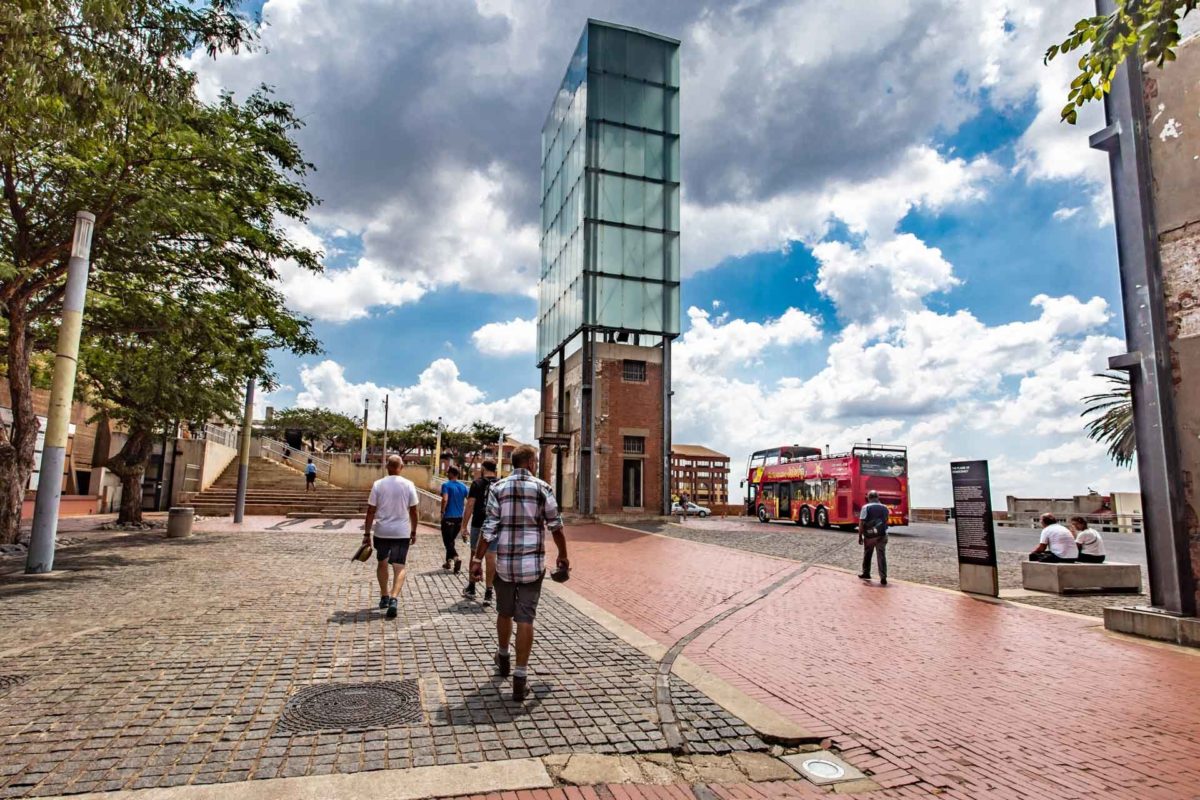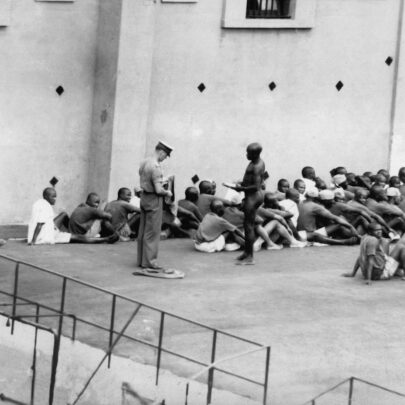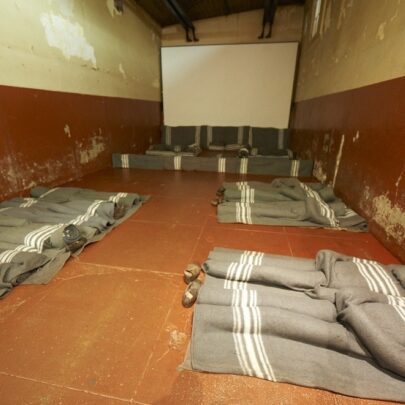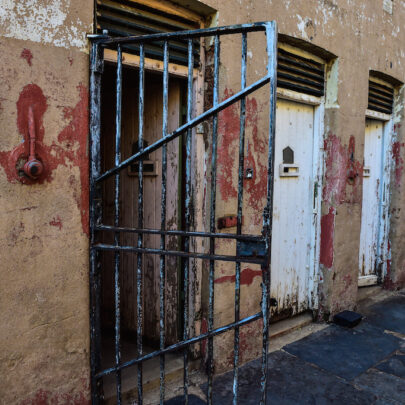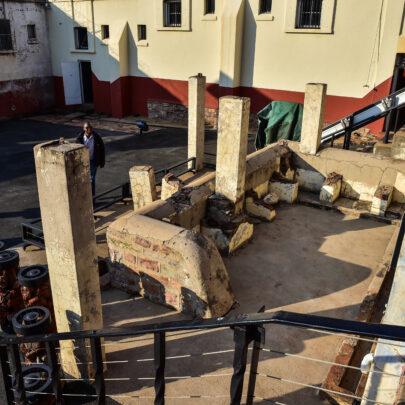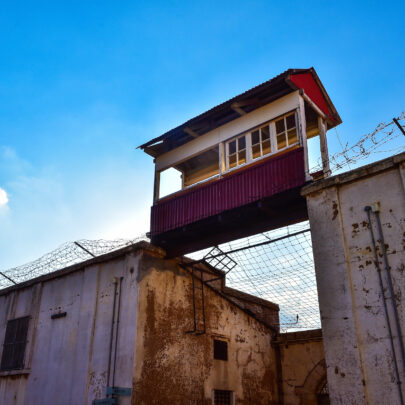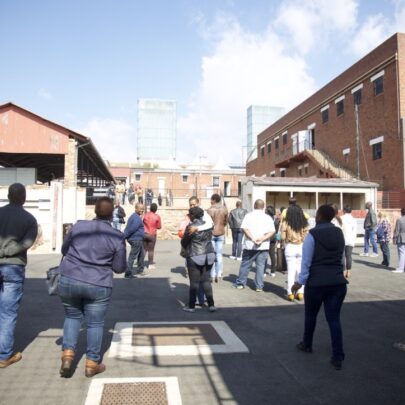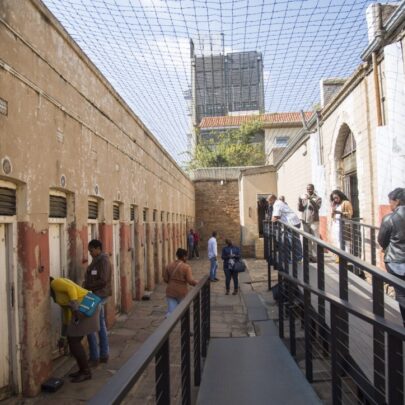In 1902, while the Old Fort was incarcerating white prisoners, additional sections, known as Numbers Four and Five, were established to house black prisoners.
These sections held large communal cells that were overcrowded, rife with disease, and quickly governed by complicated and pervasive gangs that still exist within South Africa’s prison system today. Famously, Nongoloza, one of the founding members of the Numbers Gang – the 28s, in particular, which today operates predominantly out of Pollsmoor Prison in Cape Town – served time at Number Four.
Gang intimidation, however, was one facet of a life already rendered almost unbearable by prison authorities who subjected inmates to indignities both numerous and extreme. Food was rationed according to racial groups, with African men receiving the smallest and least nutritious portions. The practice of Tausa was also conducted, which saw naked prisoners jump into the air, clap their hands and land in such a way that warders could inspect their anuses for hidden items.
The trauma of these experiences sits heavily around the isolation cells at the very end of the Number Four premises. These cells carry the scars of this place, both metaphorically and literally in the form of graffiti etched into the inside of their doors. Of course, there are much deeper scars that were – and continue to be – borne by the precinct’s ex-prisoners.
Former political prisoners incarcerated at Number Four include Indian civil rights leader Mahatma Gandhi, founder of the Pan Africanist Congress Robert Sobukwe, and former African National Congress president Albert Luthuli. Common law prisoners, usually those contravening petty apartheid laws, were also held at Number Four.
Before these sections of the prison closed down, also in 1983, Number Four held short-term prisoners and Number Five longer-term prisoners.
Share Article

 +27 11 381 3100
+27 11 381 3100
